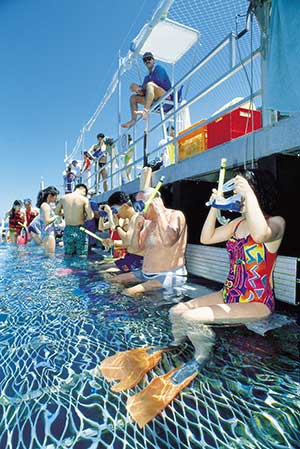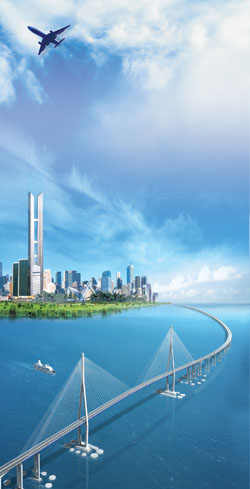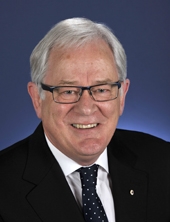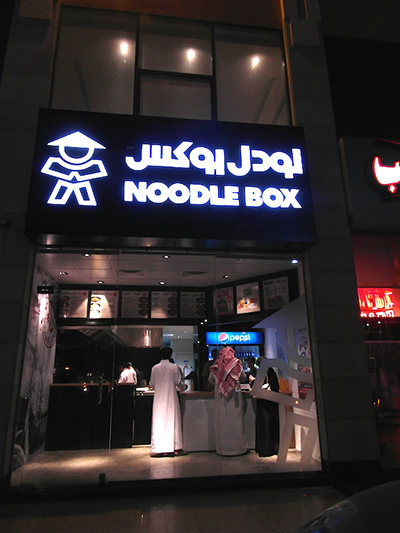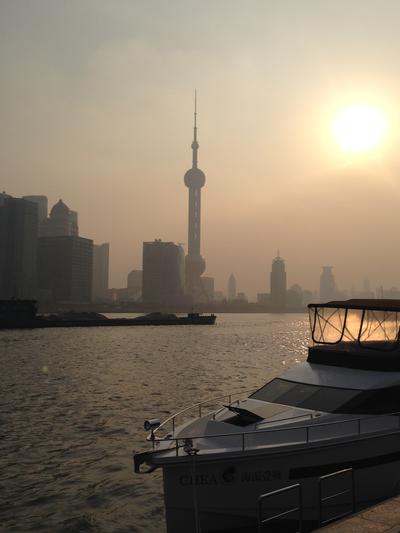Jetts exports 24/7 fitness to UK, Europe
THE Australian pioneers of the round-the-clock gym with no lock-in contracts, Jetts is launching in the United Kingdom and has just opened its first company-owned club in the Netherlands.
Jetts has a further three clubs on track to open in the next six months, marking an export milestone for the group just seven years after it launched its first club on the Gold Coast. 
Joining Jetts with more than 20 years experience in the industry, Kenny McAndrew has been appointed to head up operations in the UK and join the existing European Jetts team based in Holland.
Jetts’ commitment to evolving its model to suit local conditions was marked by Jetts executive director, Adrian McFedries, relocating to the Netherlands to start building a foundation for Europe.
“Members have embraced the Jetts brand with open arms and we are excited to be providing even more members the freedom to workout on their own terms,” Jetts CEO Martin Oliver said.
“Jetts has a proud history of being a game changer in the fitness industry with our no lock-in contract, 24/7 offer. Our complete focus is on creating the most customer-centric offer in the market, and we recognised Europe and the UK as a market where we can make waves.”
The expansion into Europe and Jetts launch in the UK is the result of two years of research and planning, with the decision to first move into the Netherlands based on a number of factors.
“Sixtreen percent of the population in the Netherlands are members of a commercial gym compared to 13 percent in Australia, so the pool of potential customers is quite large,” Mr Oliver said.
“The Dutch industry is still dominated by older underinvested chains with a traditional fitness model of big clubs, lock-in contracts and limited opening hours, so we see a strong need for a very customer-centric offer,” he said.
“Our work in New Zealand has taught us what it takes to be successful in a new country, so we’re applying a similar approach as we march into Europe. The product and value proposition has to be right, but the team on the ground is equally important.”
Both Mr Oliver and Mr McAndrew possess a strong understanding of the UK market, having worked together during Mr Oliver’s time as managing director of Cannons Health Clubs.
“We are fortunate to have a great leader in Kenny and a dedicated European and UK team who are passionate about the brand and what we stand for,” Mr Oliver said.
“Coupled with a depth of understanding of the product and the market from the Australian support team, this will be the key to our success internationally.”
Mr Oliver said Jetts’ success domestically was driven by the ongoing strong demand from customers for a gym that provides a high standard of customer service, and great value for money. Since opening their first club on the Gold Coast in 2007, the group has opened 250 clubs across Australia, New Zealand, the Netherlands and is now moving into the UK.
The group currently has more than 250,000 members. Further international expansion is planned for the Australian-owned brand, with an entry into Asia in mid to late 2015.
“Europe, the UK and Asia provides Jetts with long term growth options but we will take a ‘one club, one country at a time’ approach to international expansion,” Mr Oliver said.
“We know our business model works but we have no ambition to be racing around the globe expanding for the sake of growth. When we look back in 20 years’ time, we want to see that we inspired people to live a better life through our brand, and international expansion plays a big part in seeing that vision come to reality.”
ends

 How to resolve AdBlock issue?
How to resolve AdBlock issue? 